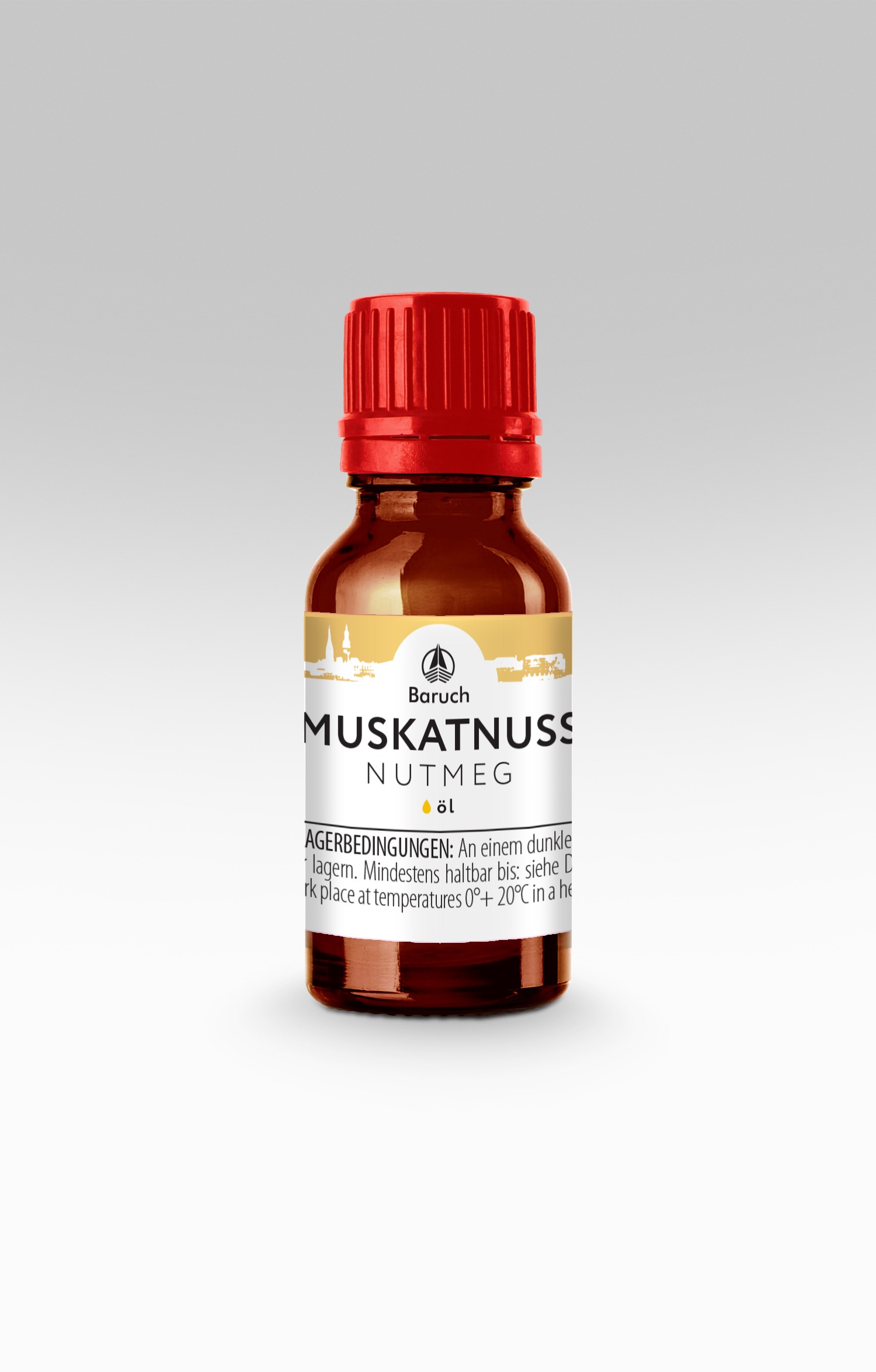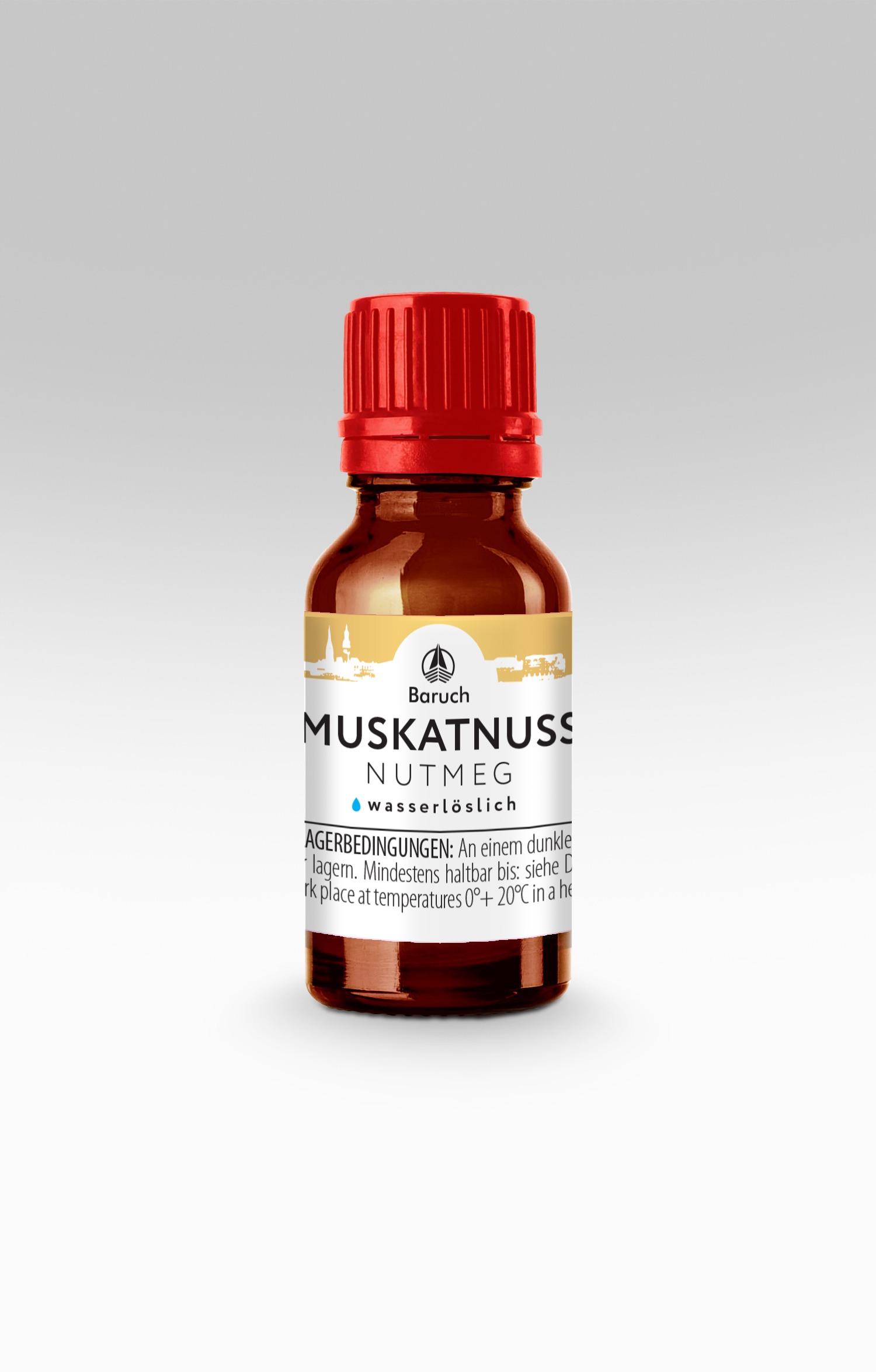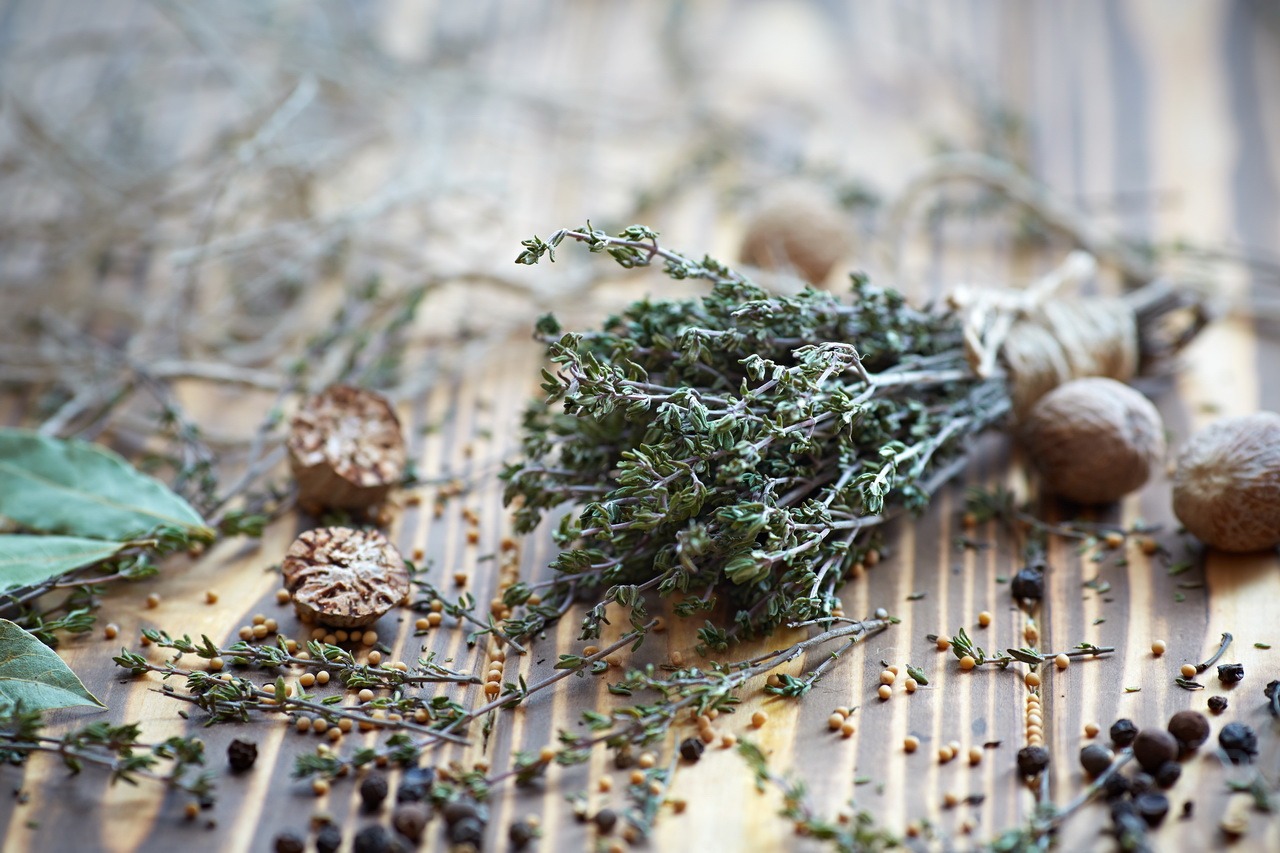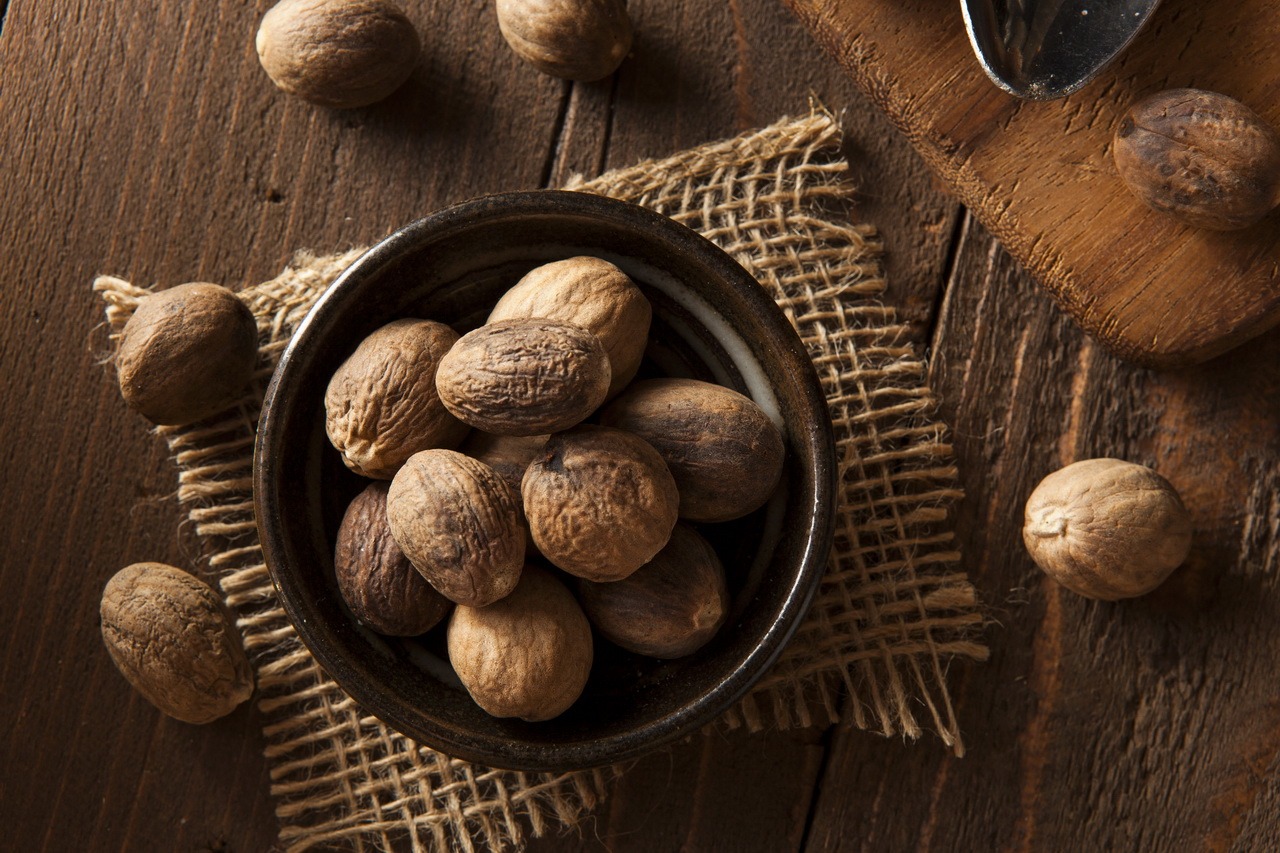Fenugreek is recognized as an active aphrodisiac, so
The nutmeg tree is a species of plant in the nutmeg family (Myristicaceae). Its seed, nutmeg, and its seed coat mace are used as spices (nutmeg or mace). It is a raw material for the production of 100% CO2 extracts of the appropriate variety.
In classical Indian Vedic medicine, nutmeg was considered the best means of activating the digestive process of food, toning and calming, having an astringent and digestive effect, increasing sexual desire. The first researcher into the pharmaceutical effects of nutmeg was Leeuwenhoek. So far, all previously identified biological activities of nutmeg have been fully confirmed. The State Pharmacopoeia of the Russian Federation also recommends nutmeg-based preparations for the treatment of arthritis, myositis, osteochondrosis, rheumatoid arthritis, as an antiviral, anti-inflammatory, warming agent, as well as a remedy for the treatment of multiple sclerosis.
Nutmeg preparations are probably the most widespread spice in the food industry. Nutmeg is used in the confectionery industry, for the preparation of various dairy products and ice cream, for canning of vegetables and fruits, sauces, compotes, soups, side dishes, vegetable and meat dishes. Nutmeg goes well with tomatoes and is therefore one of the ingredients in factory made tomato juices and ketchups. Nutmeg is also added to alcoholic beverages (wine, punch, mulled wine) during preparation.


Chart 1. Main components of nutmeg CO2 extract
| NAME | CONTENT IN% OF THE AMOUNT OF VOLATILE COMPONENTS | EFFECT |
|---|---|---|
| Meristicin | 19 | Psychotropic, diuretic. |
| Pinene | 12 | Easily penetrates the epidermis and irritates the nerve endings, causing an intense rush of blood. Has an expectorant effect. |
| Sabinen | 11 | Stimulates menstruation, anthelmintic. |
| Methyleugenol | 4,7 | Has a warming effect, promotes recovery after surgery. It has a pronounced antiviral effect. Effective against pustules and acne. |
| Elemicin | 4,3 | Hallucinogen. |
| α-Thujone | 2,3 | Antibacterial, fungistatic, virusostatic effect. Helps reduce sweaty feet. |
| Limonene | 1,9 | Effective against fungus, mold and bacteria. Perfume Scent. An effective repellent. Undesirable in cosmetic preparations for sensitive and allergic skin. |
During chromatographic-mass spectrometric studies, more than 70 common compounds were found in CO2 extract from nutmeg, 42 were identified.
In cosmetics, CO2 extract from nutmeg can be recommended to be introduced into products:
- for dental care, as a deodorant, anti-inflammatory and antimicrobial additive
- to regenerate and rejuvenate the skin of the face and body
- to correct scars after acne and chickenpox
- for warming agents against cellulite and to increase microcapillary activity
- in hair growth stimulants
Traditionally, nutmeg essential oil is an indispensable part of men’s perfumery, and nutmeg preparations were most commonly used in perfumery.
Chart 2. Application rates, application recommendations and storage of nutmeg CO2 extract
| Food usage rates | Item A100: 0.005% (50 g per ton) Water-soluble microemulsions EMA1: 0.2% (2 l per 1000 l or 2 ml per liter) |
| Application rates in cosmetics | Item А10: 1-3% Item А100: 0.1-0.3% |
| Recommendations for use | It is recommended to add CO2 extracts in the final stages of preparation, in the cooling phase of the end product. |
| Storage Instructions | It is recommended to store CO2 extracts in a closed container in a cool room and avoid direct sunlight. |
Historical reference

Nutmeg was brought to Europe by Arab merchants via Constantinople in the 6th century and was in great demand everywhere by the 12th century. In England, 1 pound of nutmeg was exchanged for 3 sheep. In the 17th century, the British and French began growing fragrant nutmeg in Mauritius and China. In the United States, Kentucky is jokingly referred to as the “Nutmeg State” because in the 19th century large numbers of wooden models of nutmeg were sold to local merchants under the guise of a premium natural product.
